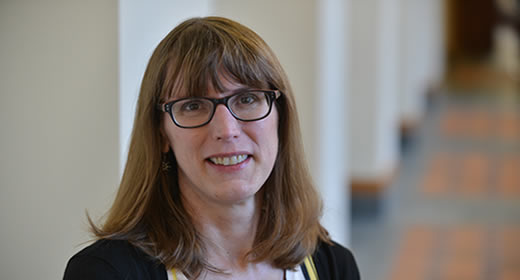
A new report shows Michigan college graduates borrow on average 42 percent more today than 10 years ago. Michigan Radio’s Kate Well and Caroline Llanes interviewed Kristin Seefeldt, professor of public policy and social work, to help interpret the trend in “Here’s a school-by-school breakdown of student debt in Michigan” on June 18.
The biggest jumps in students graduating with debt is at public universities (though at U-M it has actually decreased in percentage). Seefeldt attributes that trend in part to the increase in nontraditional students who are seeking higher education. But she also notes that nontraditional students are now the majority of students in college coursework, so the term is “sort of a misnomer.”
This block of students is over the age of 24, often paying for school themselves, and more likely to be balancing other pressures such as kids and full-time jobs.
“So while [these students] may be qualifying for financial aid, financial aid has not kept pace with rising college costs. So you have students who have more need, but the types of grants and aid we can give them is just not there,” Seefeldt explained.
Read the full report on Michigan Radio.
Kristin S. Seefeldt is an Associate Professor in the School of Social Work, with a courtesy appointment at the Ford School. She holds a PhD in public policy and sociology from the University of Michigan. Her work focuses on how large macroeconomic and policy changes shape the lives of low to moderate-income families. She is the author of Working after Welfare (2008) and Abandoned Families (2016). Her most recent book is Credit Where It's Due (with Frederick Wherry and Anthony Alvarez). She is also the author of numerous journal articles, including publications in the American Journal of Public Health, Social Forces, and Social Service Review.